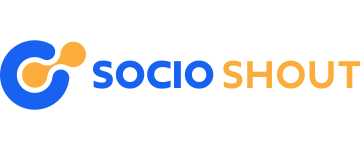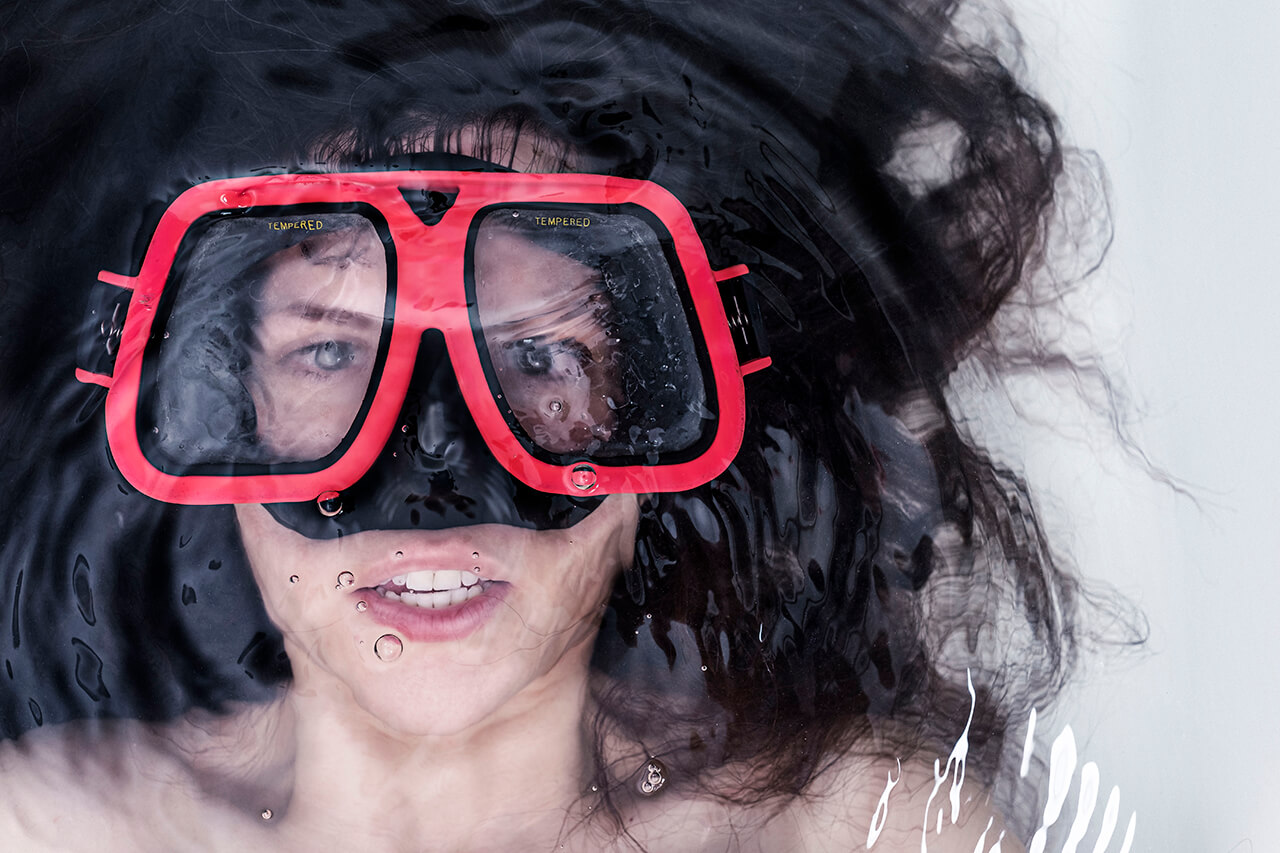I was very fortunate to represent iProspect at the Cannes Lions Festival of Creativity this year and bring back insights from the event for both my clients and colleagues. I was initially skeptical about how much of the festival’s creative-focused content would directly apply to the very data-driven work we do for our clients on a day-in and day-out basis; but I figured out pretty quickly that most of the creative and brand advertisers there were asking the same question, only in the opposite direction. They wanted to know how data might be limiting creativity, and how we can best work together so that data improves creativity instead of compromising it.
To understand both viewpoints, we need to explore why anyone would view creativity and data as potentially opposing forces in the first place. We have all seen firsthand how data can help transform business outcomes by enabling us to optimize our campaigns in real time and measure the impact. Creativity, on the other hand, is a piece of the puzzle that is much more about unstructured play and spontaneity. There’s an element of magic to good creative – it’s hard to define, but easy to spot. The best creative work rests on a simple, underlying truth to which the audience can relate and which engages them in your story. While data can surely help us find that truth, too much formalized process and over-analyzed data can also spoil the magic. At the core of the debate is a simple question: how do we successfully blend the art and science of creative and data, and how much data is enough versus too much to fuel creative thinking?
iProspect hosted a panel titled “You’re Speaking My Language” on this very topic featuring industry experts from Carat, Google, Tumblr, Facebook, and Mattel and moderated by our President of Americas Misty Locke (@mistylocke_iP). While there was plenty of spirited debate, overall the panelists agreed that data is a valuable part of the creative process that can inspire your storytelling. The amount of data needed differs based on who you ask, but often a simple insight or data point from your own research can suffice as the foundation for good storytelling. On the flip side, too much data can cause “analysis paralysis” and prevent you from getting creative, so a healthy balance is in order.
Regardless of how much or how little data informs your initial creative strategy, the panelists agreed that it’s important to have a continuous data loop between data and creative once your ideas go to market so you can continuously refine and test your original concept. There was also unanimous agreement that creative can – and should – impact data strategy. Knowing how and what to measure is in part defined by the story you’re trying to tell and the medium and stage you’re using to tell it. Maintaining the data loop is challenging. Sometimes it breaks down, meaning you can’t accurately correlate creative impact to performance in your data output. This usually happens when you fall into common measurement pitfalls like relying on last-click attribution in digital or working with attribution models that lack in-store or offline data.
At iProspect, we like to say that the rate of change in advertising is always getting faster, so the rate of change is at its slowest point now compared to anytime in the future. The one constant is that good advertising comes down to knowing your consumer, knowing your business, and being a good storyteller. Data can help us learn more about the consumer, understand our impact on the business more clearly, and improve our storytelling potential. At the same time, crafting stories is a creative process, so we must respect the craft and nurture an environment of creativity by occasionally taking a step back, allowing ourselves to think big, and challenging ourselves by asking why we’re doing what we’re doing in the first place. Ultimately, Cannes Lions was a reminder to everyone that data and creativity aren’t just related to each other, they depend on each other.


